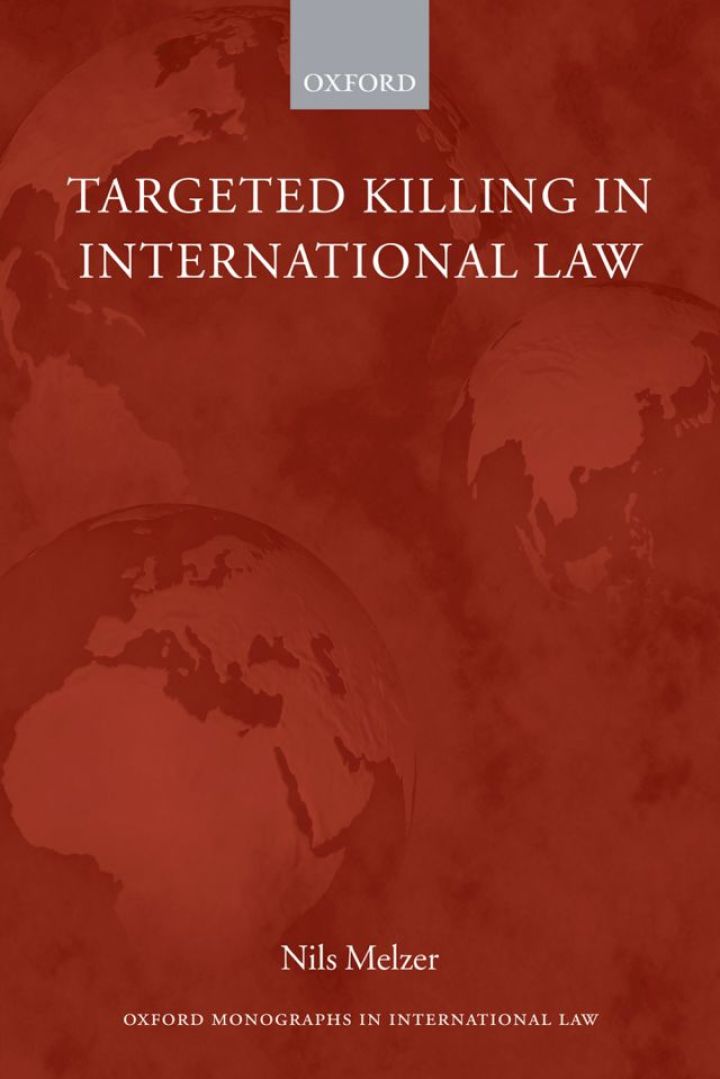Targeted Killing in International Law
$30.23
Attention: This is just ebook, Access Codes or any other Supplements excluded! / File Delivery: Sent Via Email within 24 hours!
SKU: 1baf2ad272a1
Category: Law Textbooks
Description
-
Author(s)Nils Melzer
-
PublisherOUP Oxford
-
FormatPDF
-
Print ISBN
9780199533169, 0199533164 -
eText ISBN
9780199533169, 0199533164 -
Edition
-
Copyright
- Details
This book conducts an in-depth analysis into the lawfulness of State-sponsored targeted killings under international human rights and humanitarian law. It also addresses the relevance of the law of inter-state force to targeted killings, and the interrelation of the various normative frameworks which may simultaneously apply to operations involving the intentional use of lethal force. Through a comprehensive analysis of treaties, custom, and general principles of law in light of jurisprudence, doctrine, and travaux preparatoires the author demonstrates that contemporary international law provides two distinct normative paradigms which govern the use of lethal force in law enforcement and in the conduct of hostilities. Based on the resulting normative paradigms, the author shows in what circumstances targeted killings may be considered as internationally lawful. The practical relevance of the various conditions and modalities is illustrated by reference to concrete examples of targeted killing from recent State practice. In essence the book argues that any targeted killing not directed against a legitimate military target remains subject to the law enforcement paradigm, which imposes extensive restraints on the practice. Even under the paradigm of hostilities, no person can be lawfully liquidated without further considerations. As a form of individualized or surgical warfare, the method of targeted killing requires a ‘microscopic’ interpretation of the law regulating the conduct of hostilities which leads to nuanced results. The author concludes by highlighting and comparing the main areas of concern arising with regard to State-sponsored targeted killing under each normative paradigm and by placing the results of the analysis in the wider context of the rule of law.
Related products
-

Business and Investment in Brazil Law and Practice
Rated 0 out of 5$66.62 Add to cart -

Challenging Acts of International Organizations Before National Courts 1st Edition
Rated 0 out of 5$43.88 Add to cart -

Challenges for Humanitarian Intervention 1st Edition Ethical Demand and Political Reality
Rated 0 out of 5$27.62 Add to cart -

Blackstone’s Guide to the Proceeds of Crime Act 2002 5th Edition
Rated 0 out of 5$34.12 Add to cart

